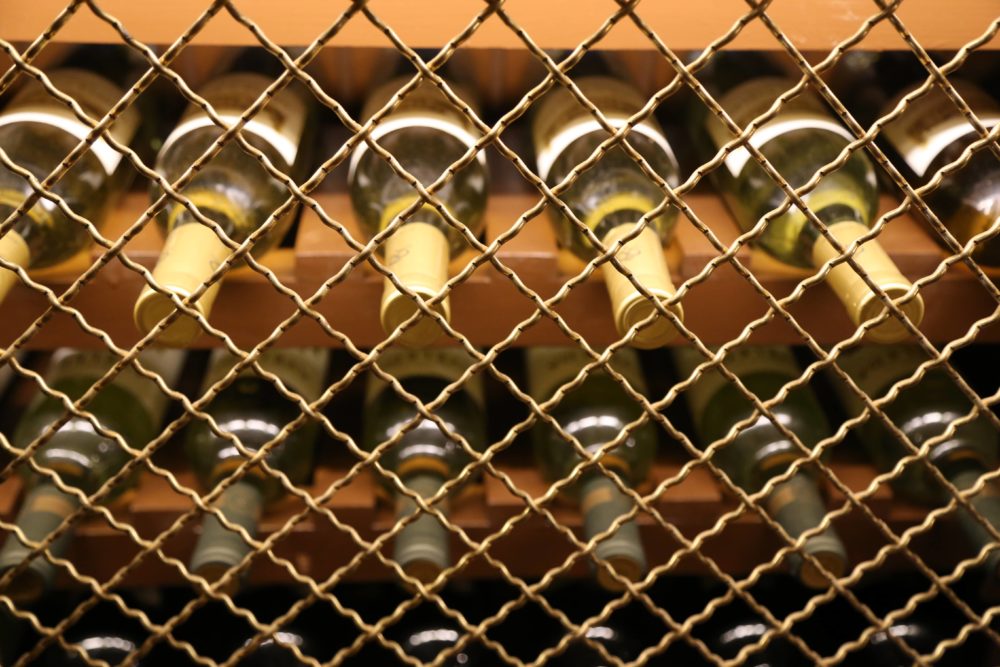
An executive order signed by President Biden on July 9 will shake things up in the world of wine. The order, “Promoting Competition in the American Economy” (PCAE), intends to decrease barriers for smaller businesses while making it more difficult and costly for large companies to acquire competitors.
A fact sheet from the PCAE lists the following goals: lower prices on goods and services, increase wages for workers, promote innovation and spur economic growth. And although the order is largely focused on internet companies such as Facebook and Google and industries like Big Ag and Big Pharma, there are two sections (J and K) that focus on protecting the “vibrancy” of the American beer, wine and spirits industries “to improve market access for smaller, independent and new operations.”
The PCAE highlights four main reasons for needing action—rising costs, decreasing wages, declines in productivity and increasing inequality.
Taking a data-driven approach
Using recently published studies and reports, the PCAE puts forth an argument that the concentration of businesses within any industry has predictable outcomes—higher prices for consumers and lower wages for workers, while any benefits accrued primarily go to the largest companies through decreased competition and increased profits.
A 2018 study in the Review of Finance found that 75% of all American industries within the last 20 years have become more concentrated. Another study in 2019, “The Rise of Market Power,” found that such concentration was correlated with a tripling of markups (charges over cost) between 1980 and 2019. This same study also found that average profits for those companies within these concentrated sectors increased from 1% to 8% during the same period.
According to an analysis from a 2020 report titled, “The American Economic Liberties Project,” the concentration of industries in the last two decades has cost the average American family an extra $5,000 a year.
A 2020 study from the Journal of Human Resources found that business concentration leads to fewer employment options and an average of 17% decrease in wages when compared to labor markets with more diverse employment options.
Another consequence of business concentration—highlighted by the 2017 report “Dynamism in Retreat” from the Economic Innovation Group—found that new business formation has fallen by nearly 50% since the 1970s. The suggested causes are big companies stifling startups with the negative impacts being less job mobility for workers, fewer opportunities for upward mobility and an overall decline in innovation.
Antitrust focus
The above arguments are nothing new to those who study market dynamics. Past presidents such as Teddy Roosevelt in the early 1900s and FDR in the late 1930s enacted and vigorously enforced antitrust laws that sought to address these issues by breaking up monopolies, eliminating monopsonies and increasing competition.
For the wine industry, the PCAE comes at a time when mergers and acquisitions are on the rise. Companies such as Duckhorn Portfolio in St. Helena and Vintage Wine Estates in Santa Rosa have recently become publicly traded on Wall Street. They join a growing collection of wine companies that look toward consuming their competitors as the most efficient option for gaining new customers. These include the big four: Gallo, Constellation, The Wine Group and Treasury Wine Estates, which bring in nearly 50% of the revenues within what is a $70 billion-plus industry, according to IBIS World, a global research firm.
Beyond the wine producers themselves, the PCAE will also focus on beer, wine and spirits distribution. Like other industries, concentration has accelerated within distributors, with the number of wine wholesales decreasing by 75% since the 1970s. Today the big three distribution companies—Southern Glazer’s Wine and Spirits, Breakthru Beverage Group and Young’s Market Co.—control nearly 50% of the market.
Watching and waiting
The first steps of the PCAE were orders to the secretary of the treasury, the attorney general and the Federal Trade Commission to assess any threats and barriers to new entrants in the American beer, wine and spirits market by this fall. Those findings will then be shared with the Alcohol and Tobacco Tax and Trade Bureau (TTB).
By early 2022 the TTB is instructed to rescind or revise any regulations that unnecessarily inhibit competition or impede market access for smaller independent brewers, winemakers and distilleries. The desired outcome of this aspect of the PCAE is to promote competition, encourage lower prices and invigorate a vibrant industry. The industry is watching closely as it waits for the details to emerge.




